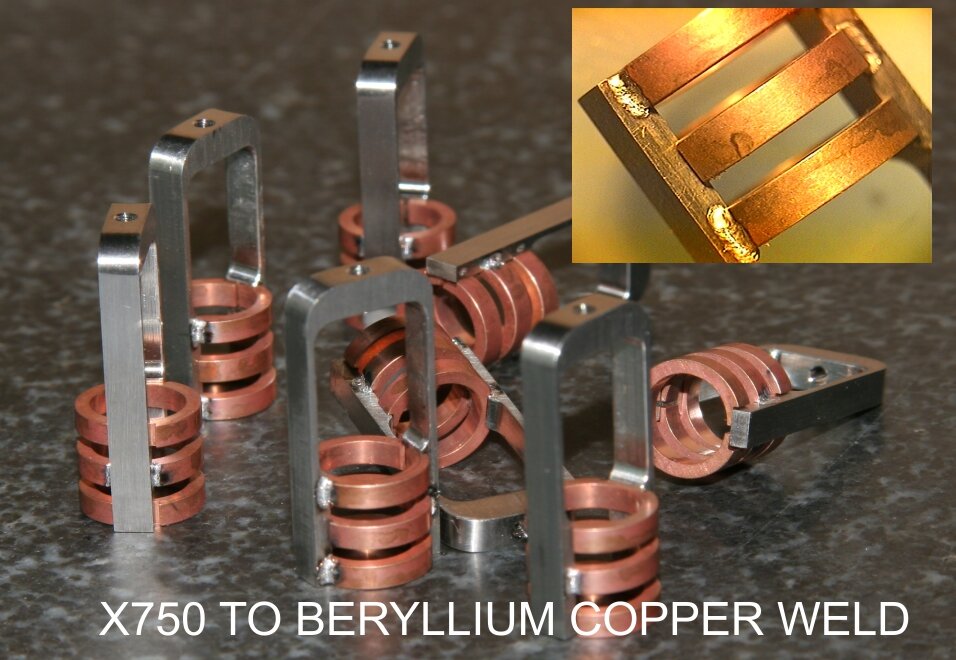
LASER WELDING
What is LASER WELDING?
Laser welding is a high-precision welding technique that utilizes a laser beam to join two or more pieces of material together. It is a non-contact process where the laser beam is focused on the workpiece, generating intense heat at the point of contact. This heat melts the material, allowing it to fuse together when the heat is removed.
The laser beam used in welding is generated by amplifying light through a process called stimulated emission. This creates a concentrated and highly focused beam of light that can be precisely controlled. The laser welding process offers several advantages over traditional welding methods:
Benefits
Precision: Laser welding provides a high degree of precision, allowing for small and intricate welds. The focused laser beam enables precise control over the heat input, resulting in minimal distortion and precise joint formation.
Speed and Efficiency: Laser welding is a fast process, as the laser beam can be rapidly moved along the weld joint. This reduces the overall welding time and increases productivity. Additionally, the concentrated heat source minimizes the heat-affected zone (HAZ), reducing the chances of damage to surrounding material.
Versatility: Laser welding can be used with a wide range of materials, including metals, plastics, and even some ceramics. It is suitable for joining dissimilar materials and can handle thin materials without causing warping or distortion.
Clean and Aesthetic Welds: Laser welding produces clean and aesthetic welds due to its precise control and minimal heat input. The process eliminates the need for additional post-welding treatments, such as grinding or polishing.
Automation and Integration: Laser welding can be easily integrated into automated manufacturing processes. It can be combined with robotics, CNC systems, and computer vision to achieve high levels of accuracy and repeatability.
Design specifications
MOST MATERIAL CAN BE CUT, THE LIMITATION IS USUALLY THICKNESS OF THE PARTS, WITH LASER WELDING THERE IS DESIGN QUES FOR MAKING A GOOD WELD. THIS INCLUDES MATERIAL TYPE, CLEANLINESS, FIT-UP AND JOINT DESIGN. YOU CAN DOWNLOAD OUR WELDING DATA SHEET FROM THE LINK ABOVE.
APPLICATIONS
Laser welding finds applications in various industries, including automotive, aerospace, medical, electronics, and jewelry manufacturing. It is commonly used for joining small parts, creating hermetic seals, repairing components, and achieving high-quality welds in critical applications.
Overall, laser welding offers a reliable and efficient method for joining materials, providing excellent precision, speed, and versatility in numerous industrial applications.




